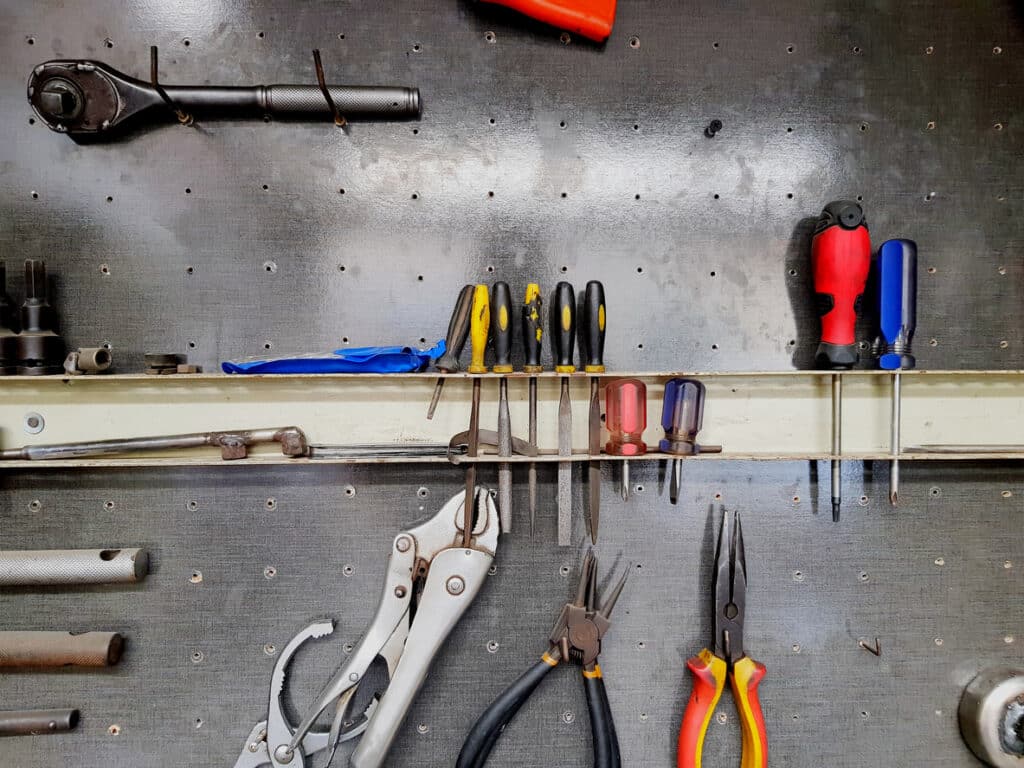
- Massive Range
- FREE UK Delivery
- Rapid Dispatch
- Massive Range
- FREE UK Delivery
- Rapid Dispatch
- Massive Range
- FREE UK Delivery
- Rapid Dispatch
Home » The Role of Metal in Modern Green Building Practices
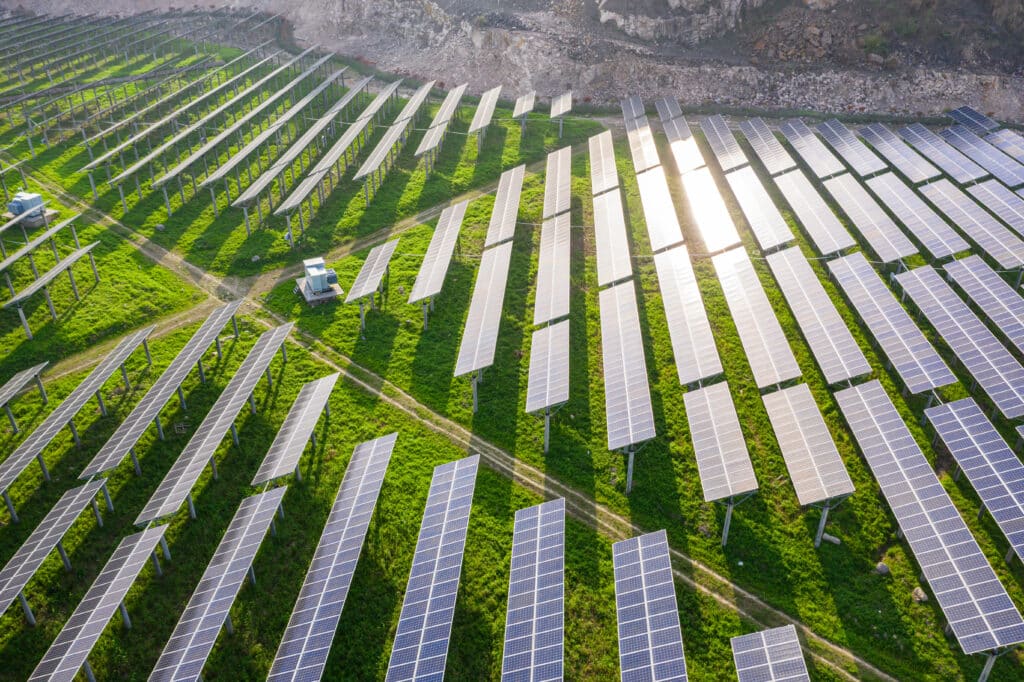
Green building practices have gained significant traction over the past few decades, driven by the urgent need to reduce environmental impact and promote sustainability. The versatility, strength, durability, and recycling capabilities of metal set it apart from other materials revolutionising this sector. Metal plays an important role in sustainable building practices, and this blog explores its benefits, applications, and contributions.
Green building refers to the practice of creating structures and using processes that are environmentally responsible and resource-efficient throughout a building’s lifecycle. From design, construction, operation, maintenance, renovation, to demolition, green building practices aim to reduce the overall impact on human health and the natural environment. This includes:
In this context, the choice of building materials is crucial. Metals, with their inherent properties and innovations in their use, play a pivotal role in achieving these goals.
One of the foremost benefits of using metal in construction is its exceptional durability. Metals like steel and aluminum can withstand extreme weather conditions, resist corrosion, and endure significant wear and tear. This longevity reduces the need for frequent repairs and replacements, leading to lower material consumption and waste over time.
Metals are highly recyclable materials. Steel, for instance, is one of the most recycled materials on the planet. Recycling metal reduces the need for new raw materials, conserves energy, and lowers greenhouse gas emissions associated with production. This cyclical use of metal supports the principles of a circular economy, crucial for sustainable development.
Modern green buildings prioritize energy efficiency. Metal roofing and cladding systems can enhance a building’s energy performance through their reflective properties. Reflective metal roofs, often referred to as cool roofs, can significantly reduce cooling loads by reflecting more of the sun’s rays, thereby lowering the indoor temperature. This reduces the need for air conditioning and the associated energy consumption.
Metals like steel provide excellent structural strength while being relatively lightweight. This combination allows for innovative architectural designs that use less material without compromising safety or stability. Steel’s high strength-to-weight ratio means that buildings can achieve greater heights and spans with less material, contributing to resource efficiency.
The versatility of metal allows architects and builders to explore creative designs and innovative solutions that are not feasible with other materials. Metals can be molded into various shapes and sizes, offering flexibility in aesthetic and functional applications. This adaptability is particularly valuable in green building, where custom solutions are often required to meet specific environmental standards and site conditions.
Steel and aluminum are commonly used in structural components due to their strength and flexibility. Steel frames, beams, and columns provide robust support for buildings, allowing for expansive open spaces and flexibility in interior layouts. This structural efficiency translates into reduced material usage and waste.
Metal roofing and cladding systems are popular in green building for their durability, energy efficiency, and recyclability. Metal roofs can be coated with reflective finishes to enhance their energy-saving capabilities. Additionally, metal cladding provides a durable and aesthetically pleasing exterior that protects buildings from environmental elements.
Innovative metal-based insulation systems, such as insulated metal panels (IMPs), offer high thermal performance. IMPs consist of metal skins with a foam core, providing excellent insulation and reducing energy consumption for heating and cooling. These systems also improve indoor air quality by preventing mold and mildew growth.
Metals are increasingly used in interior design elements, including staircases, railings, and fixtures. The use of metal in interiors not only contributes to a modern aesthetic but also aligns with green building principles through its durability and recyclability.
Metal plays a crucial role in the integration of renewable energy systems in buildings. Photovoltaic panels, solar thermal systems, and wind turbines often incorporate metal components due to their strength, durability, and conductivity. Metal mounting systems and frames are essential for the efficient installation and operation of these renewable energy technologies.
Known as the “greenest commercial building in the world,” the Bullitt Center in Seattle utilizes metal extensively in its construction. The building features a steel frame, metal cladding, and a roof equipped with photovoltaic panels. The use of metal contributes to the building’s energy efficiency, structural integrity, and sustainability goals, including achieving net-zero energy and water performance.
One World Trade Center, the tallest building in the Western Hemisphere, incorporates a significant amount of metal in its design. The structure’s steel framework provides exceptional strength and stability, while the aluminum cladding enhances its aesthetic appeal and energy efficiency. The building’s design prioritizes sustainability, with features such as rainwater harvesting and high-performance glazing.
The Crystal in London is a prime example of a green building that uses metal to achieve sustainability goals. The building’s aluminum façade and steel structural components contribute to its energy efficiency and low environmental impact. The Crystal is one of the world’s most sustainable buildings, housing interactive exhibits on sustainable urban development and showcasing advanced green building technologies.
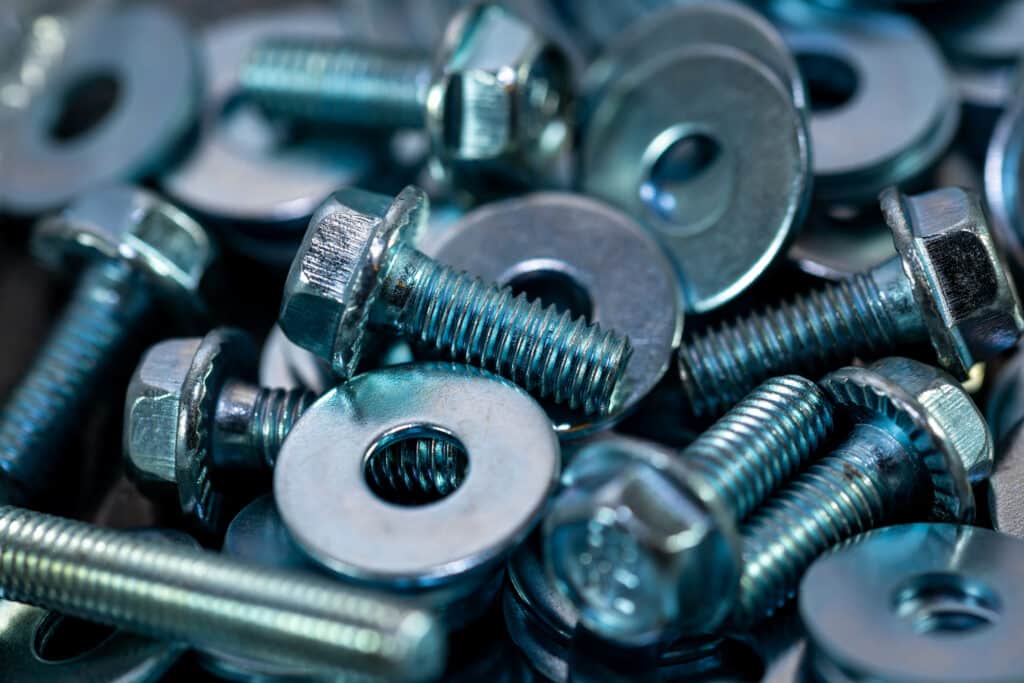
Recent advancements in coatings and finishes for metal products have significantly enhanced their performance in green building applications. These coatings can improve metal’s resistance to corrosion, increase reflectivity for better energy efficiency, and even contribute to air purification by breaking down pollutants.
The development of lightweight metal alloys has opened new possibilities for green building. These alloys provide the same strength as traditional metals but with reduced weight, leading to lower transportation emissions and easier handling during construction. Lightweight metals also contribute to the overall energy efficiency of the building by reducing the load on the foundation and supporting structures.
Prefabrication and modular construction methods, which often utilize metal components, are gaining popularity in green building. These methods reduce construction time, minimize waste, and improve quality control. Prefabricated metal components can be precisely manufactured to meet specific design requirements, ensuring efficient use of materials and resources.
Metals are integral to the development and implementation of smart building technologies. For example, metal components are used in sensors, control systems, and energy management devices. These technologies enhance the efficiency and sustainability of buildings by optimizing energy use, monitoring environmental conditions, and improving occupant comfort.
While metal offers numerous benefits for green building, there are challenges and considerations to address. The production of metal, particularly steel, is energy-intensive and generates significant carbon emissions. However, advancements in production techniques, such as electric arc furnaces and renewable energy integration, are helping to mitigate these impacts.
Additionally, the sourcing of raw materials for metal production can have environmental and social implications. Sustainable sourcing practices, including the use of recycled materials and responsible mining, are essential to ensure that the benefits of metal in green building are not offset by negative environmental and social impacts.
The role of metal in modern green building practices is multifaceted and transformative. The durability, recyclability, energy efficiency, and versatility of this material make it an essential component of sustainable construction. As a structural component or as a component of a renewable energy system, metal makes buildings both economically viable and aesthetically pleasing.
As the demand for green buildings increases, metal continues to contribute to sustainable development through its production, design, and application. With metal and other sustainable materials, we can create a greener future that meets the needs of both current and future generations.
By integrating metal into innovative green building practices, metal exemplifies synergy between traditional materials and contemporary sustainability goals. In the future, metal will remain a cornerstone of green building strategies because of its unique properties and adaptability.
As always, thank you for checking out our blog. We hope that this helps you with your project.
Please also check out the other articles in our helpful guide series. We have written about Marine-Grade Metals and the Difference Between a Dome Nut and a Nyloc Nut? recently to name but two of our articles.
We are also proud to sell this product on our highly popular eBay store, check us out there too.
If you have any further questions, feel free to contact us.

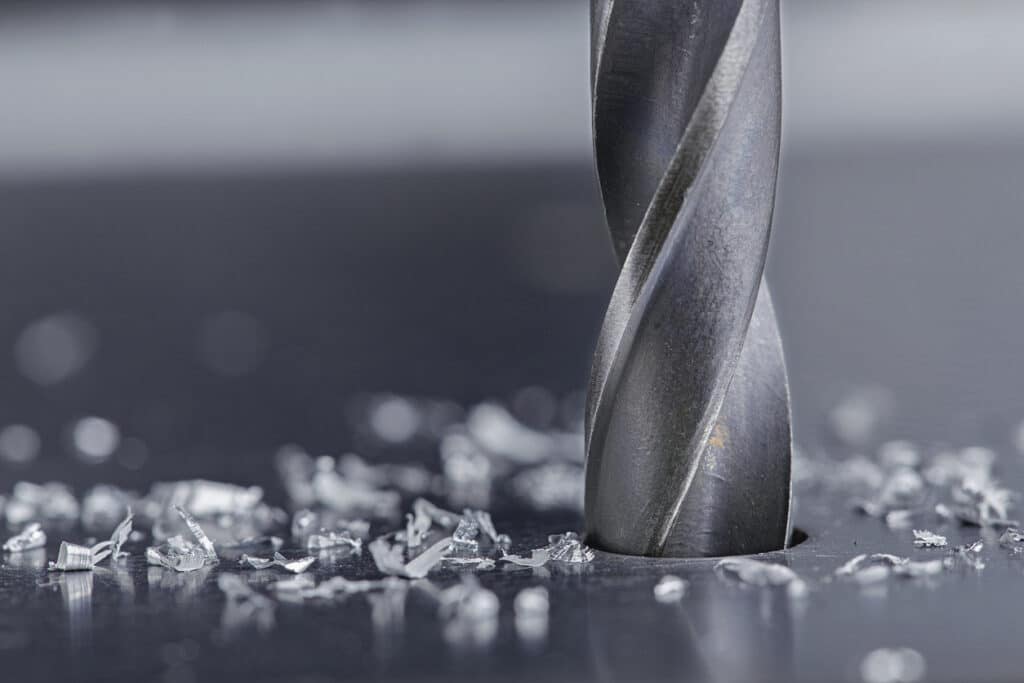
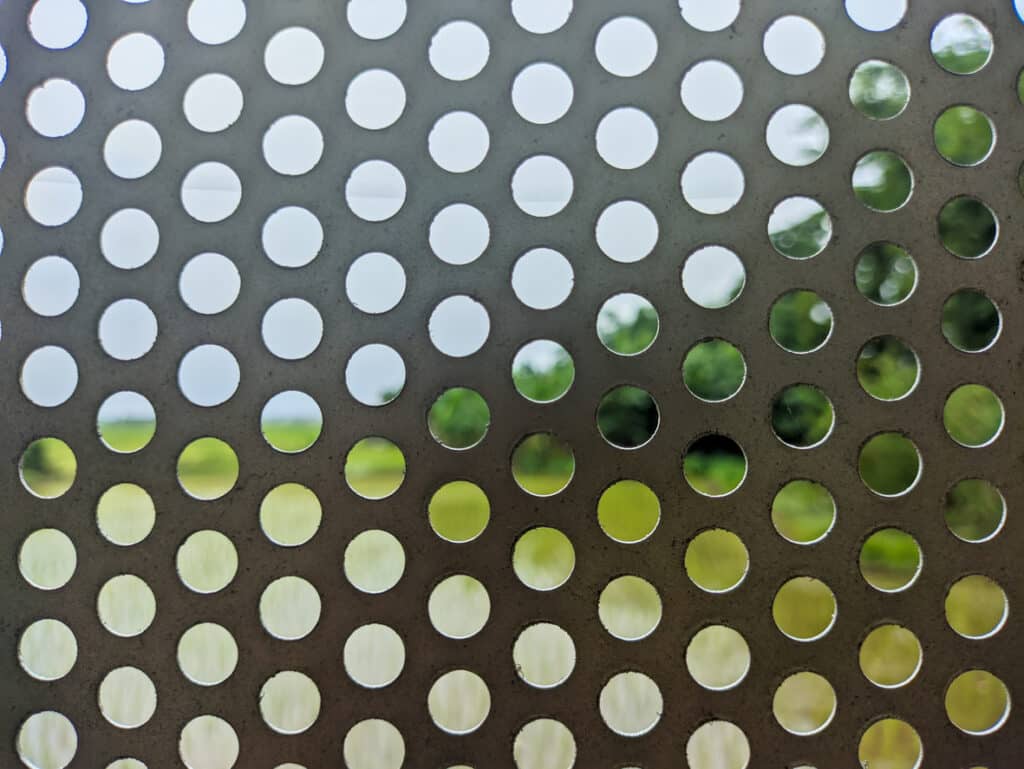
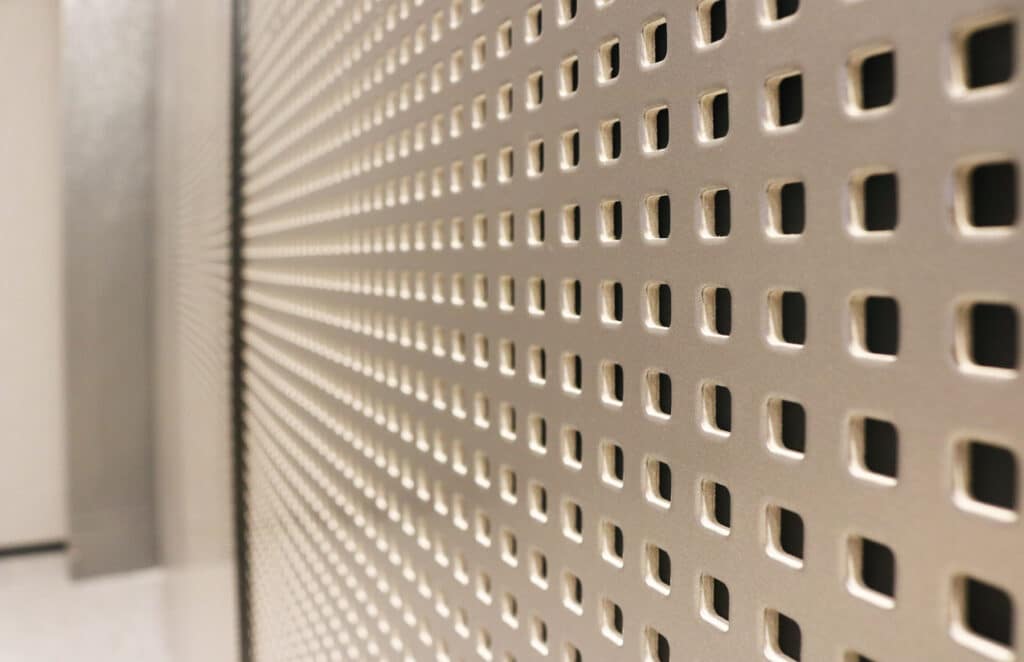
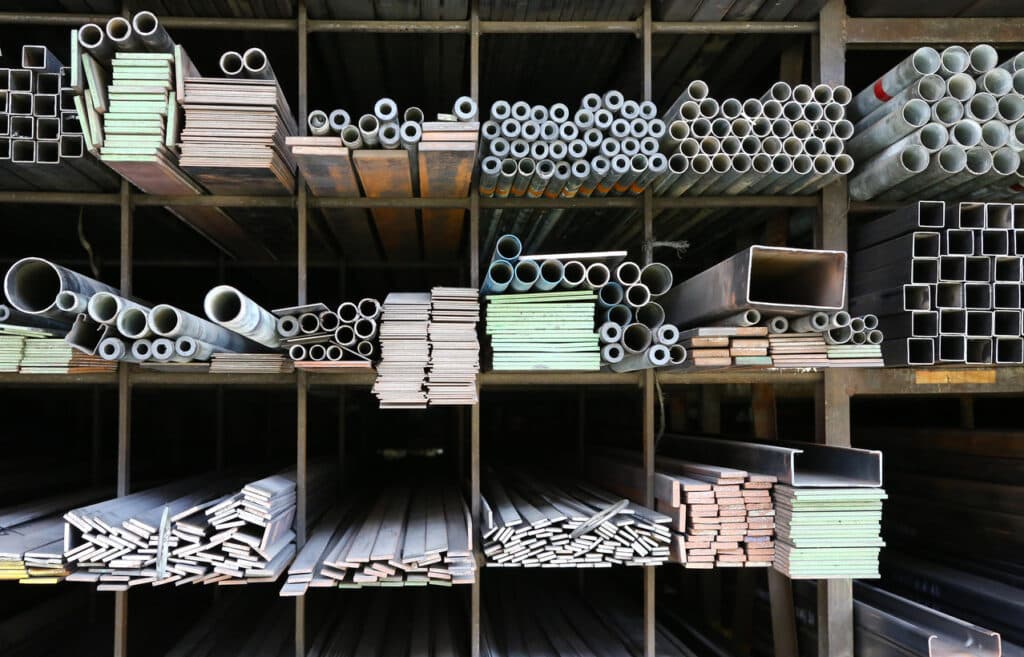
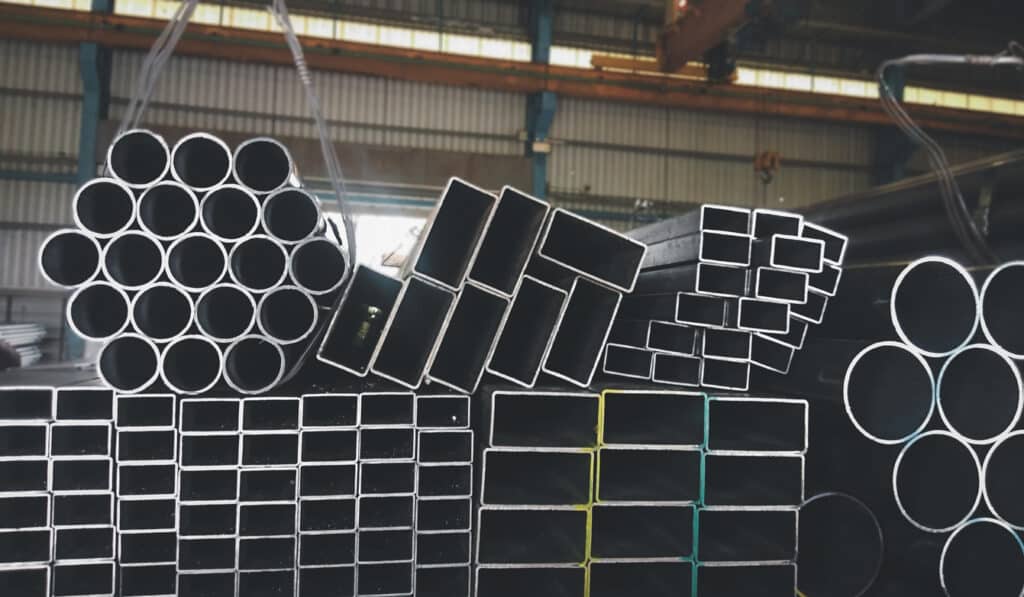
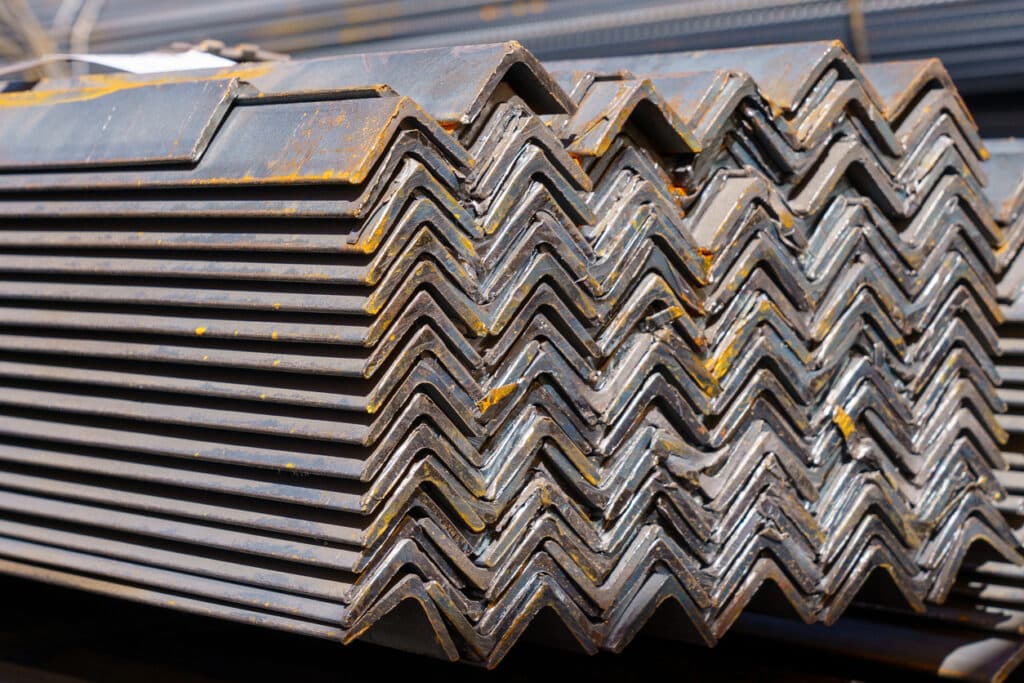
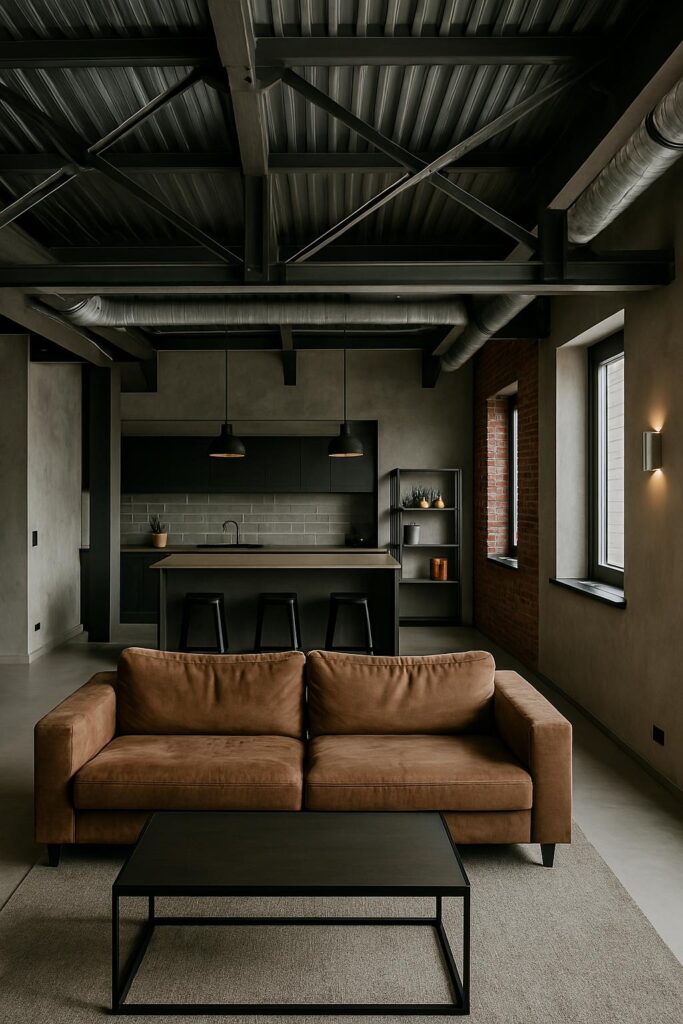
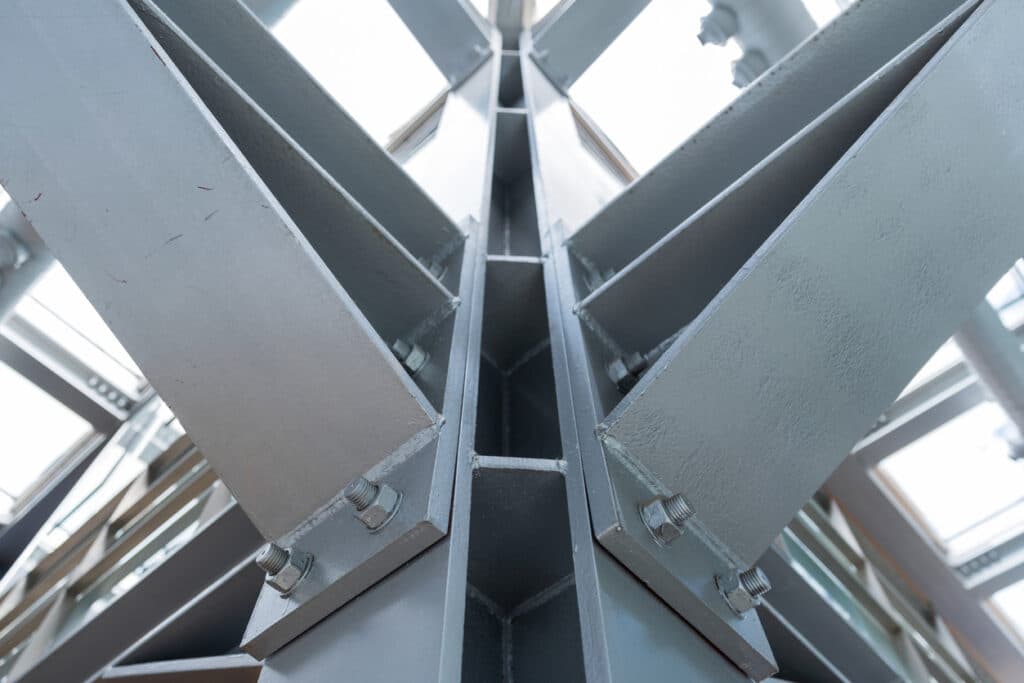
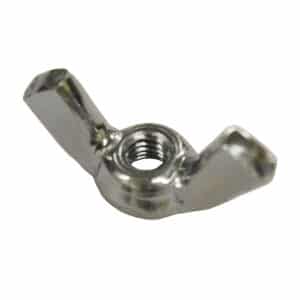
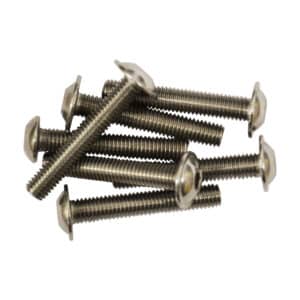
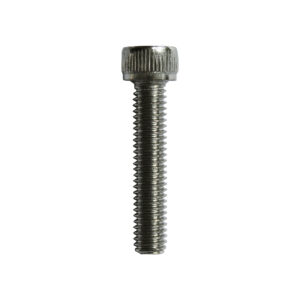
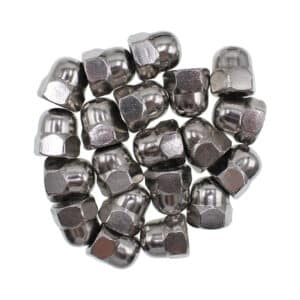
Speciality Metals
Unit 1, Farrell Street, Warrington,
Cheshire, WA1 2WW, United Kingdom
Quick Links
Payment Options
